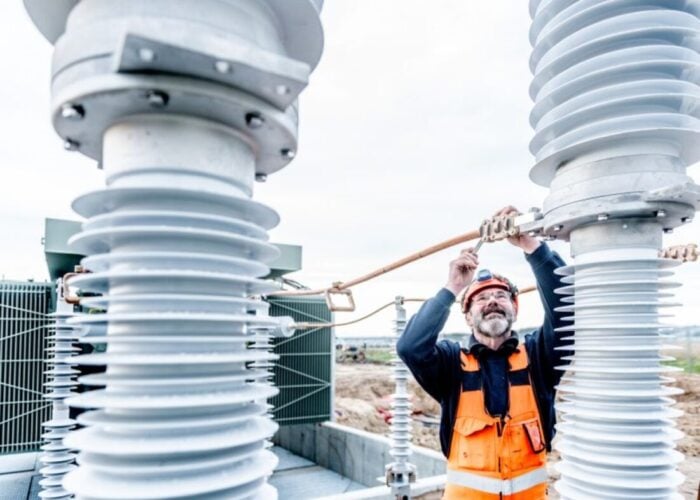
Australia’s recently elected Labor government has revealed the country’s federal budget for the next four years, which includes roughly AU$25 billion (US$16.02 billion) in clean energy investments and has been designed to alleviate cost of living pressures by boosting clean energy deployment.
That was the verdict of the Clean Energy Council national trade association in response to the budget announced yesterday by the Labor Party government of Prime Minister Anthony Albanese, whose election back in May was heralded as a “game-changer” for the country’s renewables industry.
Unlock unlimited access for 12 whole months of distinctive global analysis
Photovoltaics International is now included.
- Regular insight and analysis of the industry’s biggest developments
- In-depth interviews with the industry’s leading figures
- Unlimited digital access to the PV Tech Power journal catalogue
- Unlimited digital access to the Photovoltaics International journal catalogue
- Access to more than 1,000 technical papers
- Discounts on Solar Media’s portfolio of events, in-person and virtual
The new budget features the AU$20 billion Rewiring the Nation transmission upgrade initiative, already announced and covered previously by PV Tech, along with money targeted at regions to deploy renewable and low carbon infrastructure.
The budget also contains AU$1.9 billion for the Powering the Regions Fund that has been established to accelerate the decarbonisation of polluting industries and support the development of new clean energy industries as the same time as ensuring remote communities are able to access the economic benefits of the energy transition.
At the start of the month, Australia’s Renewable Energy Agency (ARENA) launched a AUS$43 million (US$27.7 million) Industrial Energy Transformation Studies Program aimed at identifying opportunities to reduce energy costs and emissions in the country’s industrial sector.
The budget also includes hundreds of millions of dollars for community solar batteries, in addition to support for the upstream battery and solar manufacturing value chain.
Meanwhile, funding pledges made under the previous Liberal Party administration for gas and carbon capture and storage (CCS) have been rolled back, with money set aside for those technologies and for a controversial low carbon technology roadmap put instead into other areas.
As reported a few days ago, the Rewiring the Nation public corporation has confirmed its first two low-cost financing commitments, representing around AU$6 billion. They will be for the Marinus Link to connect mainland Australia with Tasmania’s ‘Battery of the Nation’ pumped hydro and wind plan, as well as KerangLink, which will increase interconnection between New South Wales and Victoria.
Under Powering Australia, a major renewable energy plan, the government aims to deliver emissions reductions of 43% from 2005 levels by 2030 and legislate for a firm commitment to net zero by 2050.
According to a recent report entitled Net Zero Australia by the universities of Melbourne, Queensland and Princeton, Australia will need 1.9TW of solar PV in order to reach net zero by 2050.
The acceleration will be most notable in the next decade, when solar PV installed capacity will need to reach 654GW by 2040, a huge increase on the 98GW needed by 2030.
Additional reporting by Andy Colthorpe for Energy-Storage.news.
A version of this article originally appeared on PV Tech sister site Energy-storage.news on 26 October. You can access the original article, which contains more information on the energy storage components of the budget, here.







